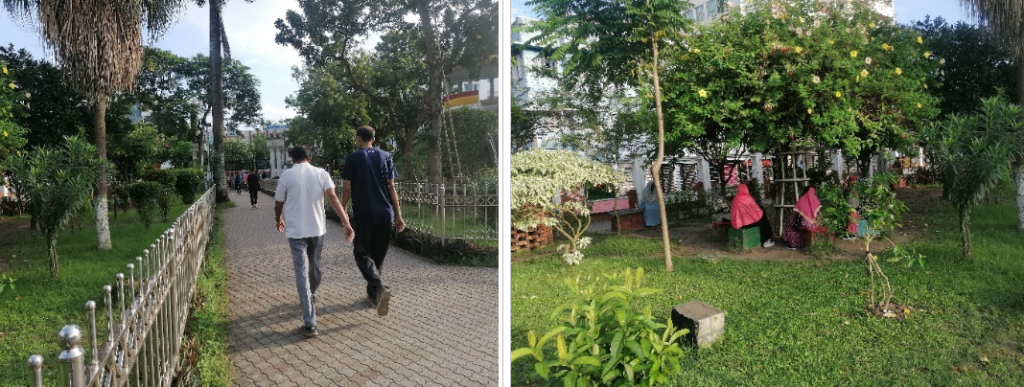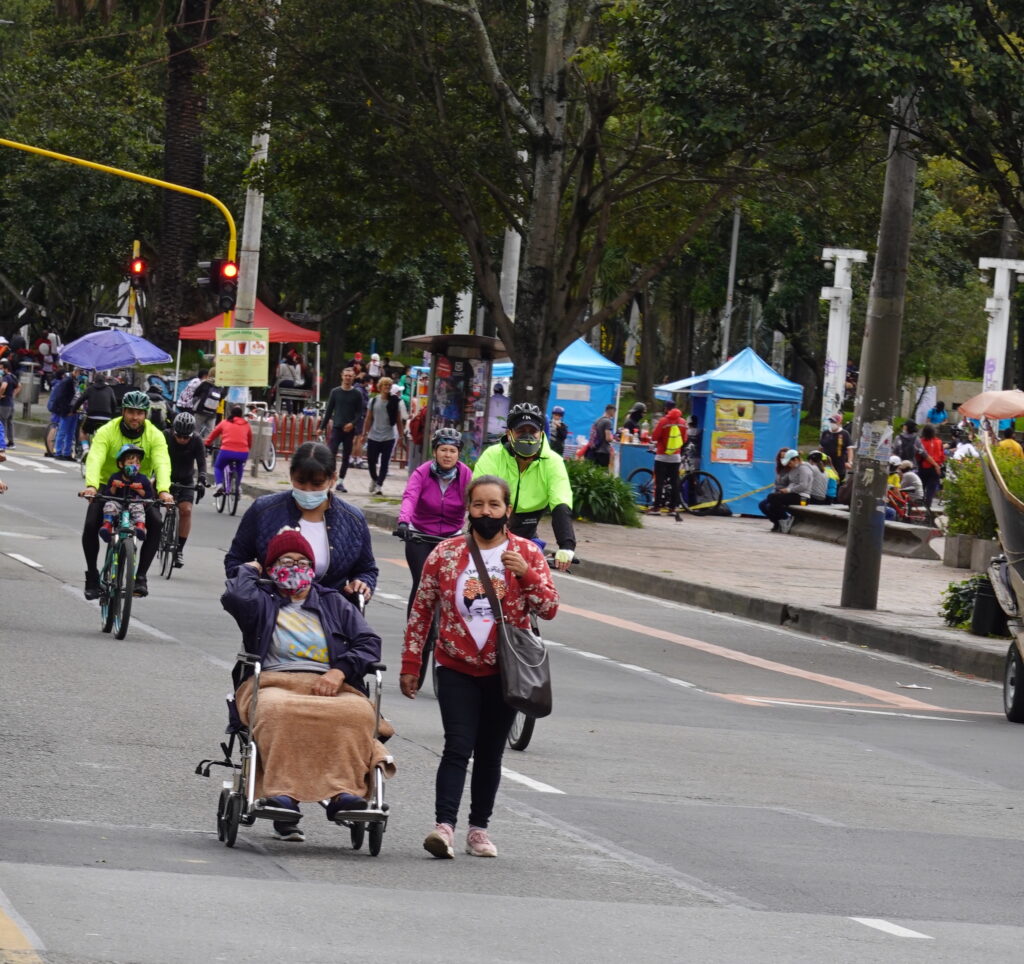City Know-hows

To create healthy urban places and spaces, public acceptance is key to success.
Share
Target audience
City and municipal planners, public health officials, elected officials at municipal level, health promotion practitioners, citizens
The problem
Poor eating habits and physical inactivity are linked to rising rates of obesity and related chronic conditions. The built environment plays a significant role in shaping these behaviours. To be effective, interventions and policies that transform the built environment to encourage healthy choices must be accepted by the public. However, the lack of context-specific Canadian data on acceptability highlights the need for further research to guide practice and address public health challenges.
What we did and why
We examined the level of agreement among adults in two major cities in Saskatchewan, Canada, to implement built environment interventions and policies promoting healthy eating and physical activity. We explored the individual and neighbourhood-level factors that influenced their agreement. We also looked at the effect of the degree of intrusiveness of the interventions, and policies on agreement. The study’s findings will have practical implications for designing more acceptable interventions to promote healthier behaviours in the population.
Our study’s contribution
We found that:
Recently implemented and proposed built environment changes in the cities may have impacted the study’s findings.
Impacts for city policy and practice
We found that:
Although more research is necessary to understand motivational differences between demographic groups, we can suggest cities need to consider the following;
Further information
Full research article:
Acceptability of built environment interventions to improve healthy eating and physical activity among city dwellers in Saskatchewan, Canada: THEPA findings from a local context by Sahana Ramamoorthy, Lise Gauvin, and Nazeem Muhajarine.
Related posts

Public open spaces (e.g., parks, sports fields) are important for people to be physically active. However, previous studies, mostly conducted in Western countries, show that people are predominantly sedentary in such spaces. We found that public open space users were more active in Asia, suggesting a potential contribution of such spaces to people’s health.

I use the travelogue methodology to investigate urban health and sustainable development in relation to the Mekong River in northeastern Thailand, revealing new insights and bringing travel to urban areas near the river into knowledge production.

The Our Voice approach allowed Ciclovía users in Bogotá, Colombia, to identify opportunities to improve the enjoyment of their rights to health and recreation, to